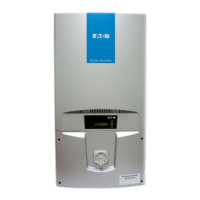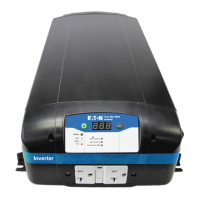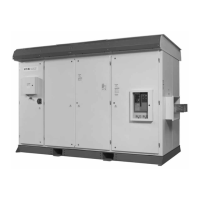10
1.12.1 GENERATOR
Install the generator set, in its protective enclosure, outdoors,
where adequate cooling and ventilating air is always available
(Figure 1.9). Consider these factors:
• The installation of the generator must comply strictly with
NFPA 37, NFPA 54, NFPA 58, and NFPA 70 standards.
• Install the unit where air inlet and outlet openings will not
become obstructed by leaves, grass, snow, etc.. If prevailing
winds will cause blowing or drifting, consider using a wind-
break to protect the unit.
• Install the generator on high ground where water levels will not
rise and endanger it.
• Allow sufficient room on all sides of the generator for mainte-
nance and servicing. This unit must be installed in accordance
with current applicable NFPA 37 and NFPA 70 standards; as
well as any other federal, state and local codes for minimum
distances from other structures. DO NOT install under wooden
decks or structures unless there is at least four (4) feet of clear-
ance above the generator, three (3) feet of clearance on sides
and front, and 18 inches of clearance at back of unit.
• Install the unit where rain gutter down spouts, roof run-off,
landscape irrigation, water sprinklers or sump pump discharge
does not flood the unit or spray the enclosure, including any air
inlet or outlet openings.
• Install the unit where services will not be affected or obstructed,
including concealed, underground or covered services such as
electrical, fuel, phone, air conditioning or irrigation.
• Where strong prevailing winds blow from one direction, face the
generator air inlet openings to the prevailing winds.
• Install the generator as close as possible to the fuel supply, to
reduce the length of piping.
• Install the generator as close as possible to the transfer switch.
REMEMBER THAT LAWS OR CODES MAY REGULATE THE
DISTANCE AND LOCATION.
Figure 1.9 – Generator Clearances
• The genset must be installed on a level surface. The base frame
must be level within two (2) inches all around.
• The generator is typically placed on pea gravel or crushed
stone. Check local codes if a concrete slab is required. If a
concrete base slab is required, all federal, state and local codes
must be followed.
1.12.2 INSTALLATION GUIDELINES FOR STATIONARY
AIR-COOLED 8, 10, 14, 17 AND 20 KW
GENERATORS
The National Fire Protection Association has a standard for the
installation and use of stationary combustion engines. That
standard is NFPA 37 and its requirements limit the spacing of an
enclosed generator set from a structure or wall (Figure 1.10).
NFPA 37, Section 4.1.4, Engines Located Outdoors. Engines, and
their weatherproof housings if provided, that are installed outdoors
shall be located at least 5 ft. from openings in walls and at least 5
ft. from structures having combustible walls. A minimum separa-
tion shall not be required where the following conditions exist:
1. The adjacent wall of the structure has a fire resistance rating
of at least one (1) hour.
2. The weatherproof enclosure is constructed of noncombus-
tible materials and it has been demonstrated that a fire within
the enclosure will not ignite combustible materials outside the
enclosure.
Annex A — Explanatory Material
A4.1.4 (2) Means of demonstrating compliance are by means
of full scale fire test or by calculation procedures.
Because of the limited spaces that are frequently available for
installation, it has become apparent that exception (2) would be
beneficial for many residential and commercial installations. With
that in mind, the manufacturer contracted with an independent
testing laboratory to run full scale fire tests to assure that the
enclosure will not ignite combustible materials outside the enclo-
sure.
The criteria was to determine the worst case fire scenario within
the generator and to determine the ignitability of items outside the
engine enclosure at various distances. The enclosure is construct-
ed of non-combustible materials and the results and conclusions
from the independent testing lab indicated that any fire within the
generator enclosure would not pose any ignition risk to nearby
combustibles or structures, with or without fire service personnel
response.
Based on this testing and the requirements of NFPA 37, Sec 4.1.4,
the guidelines for installation of the generators listed above are
changed to 18 inches (457mm) from the back side of the gen-
erator to a stationary wall or building. For adequate maintenance
and airflow clearance, the area above the generator should be at
least 4 feet with a minimum of 3 feet at the front and ends of the
enclosure. This would include trees, shrubs and vegetation that
could obstruct airflow. See the diagram on the reverse of this page
and the installation drawing within the owner’s manual for details.
General Information
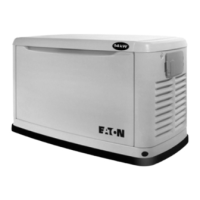
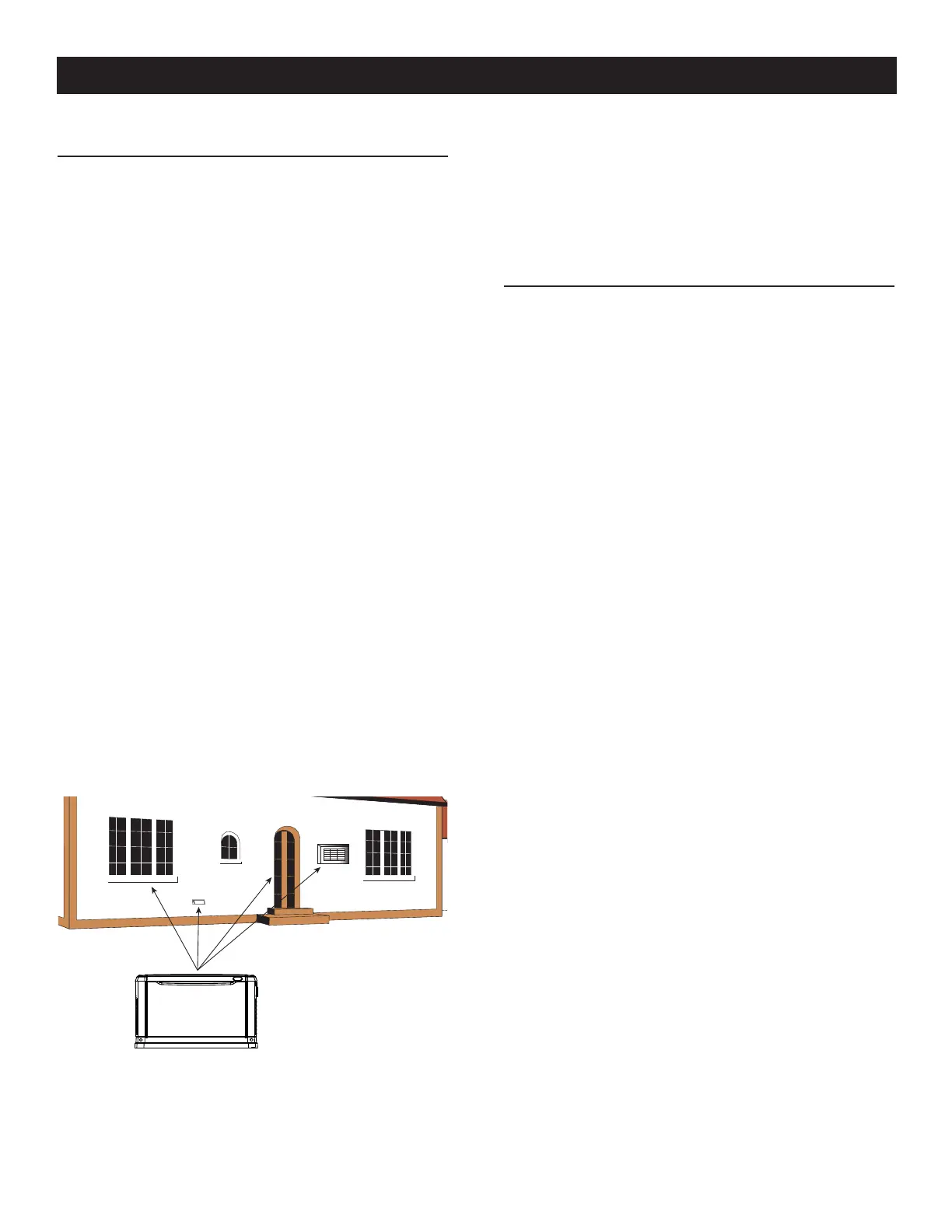